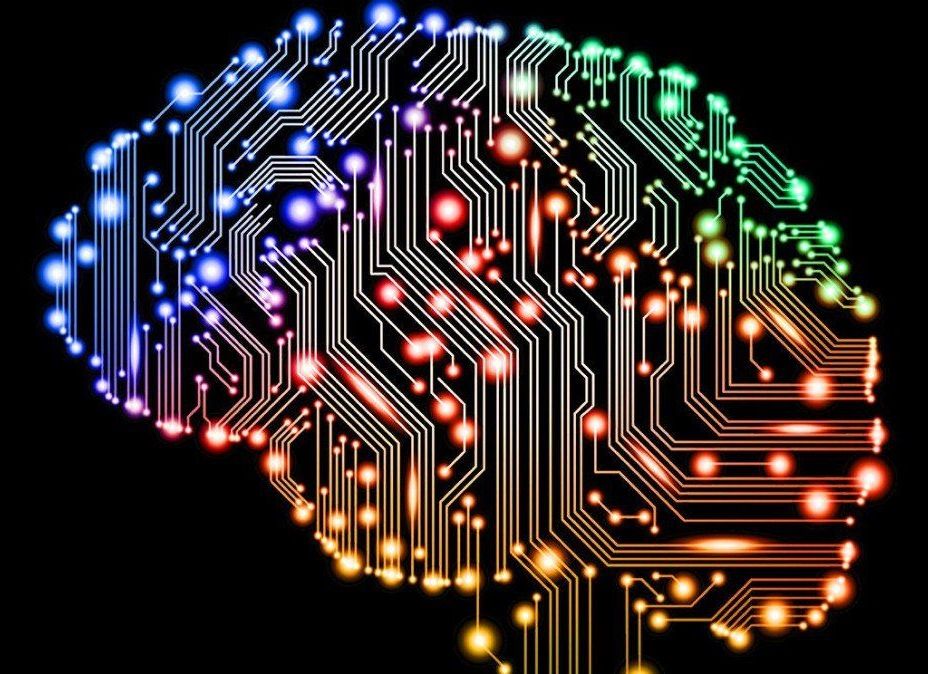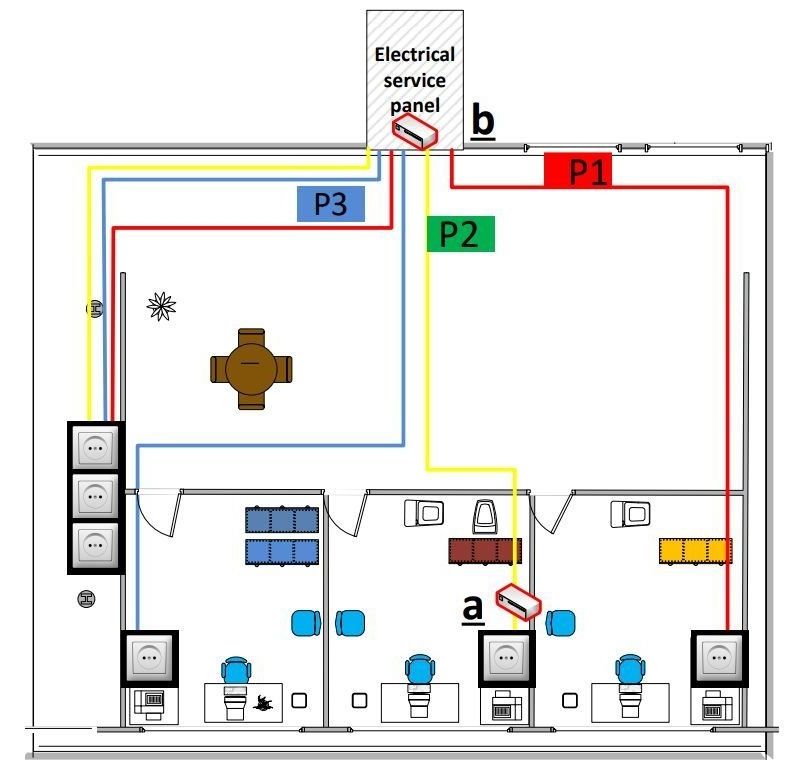Jun 12, 2018
Why fascism is so tempting — and how your data could power it
Posted by Derick Lee in categories: business, cybercrime/malcode, energy, holograms
In a profound talk about technology and power, author and historian Yuval Noah Harari explains the important difference between fascism and nationalism — and what the consolidation of our data means for the future of democracy. Appearing as a hologram live from Tel Aviv, Harari warns that the greatest danger that now faces liberal democracy is that the revolution in information technology will make dictatorships more efficient and capable of control. “The enemies of liberal democracy hack our feelings of fear and hate and vanity, and then use these feelings to polarize and destroy,” Harari says. “It is the responsibility of all of us to get to know our weaknesses and make sure they don’t become weapons.” (Followed by a brief conversation with TED curator Chris Anderson)
Check out more TED Talks: http://www.ted.com
Continue reading “Why fascism is so tempting -- and how your data could power it” »

















